Gate Valve Vs. Butterfly Valve

How to Measure Butterfly Valves
September 10, 2019Valves are integral parts of piping systems for conveying liquids and gases and are available in various sizes and designs. Their sole purpose is the control and regulation of these media in a secure manner.
Gate valves and butterfly valves are two of the most popular types of industrial valves. These two have huge differences in both of their structural designs, usage, and working conditions.
In this article, we are going to discuss the differences between gate and butterfly valves. Let us start by defining these two in the next section to find their differences before we elaborate further on the details.
Defining Gate and Butterfly Valves
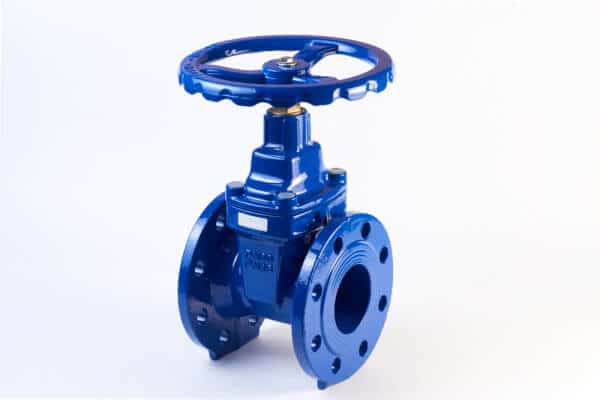 |
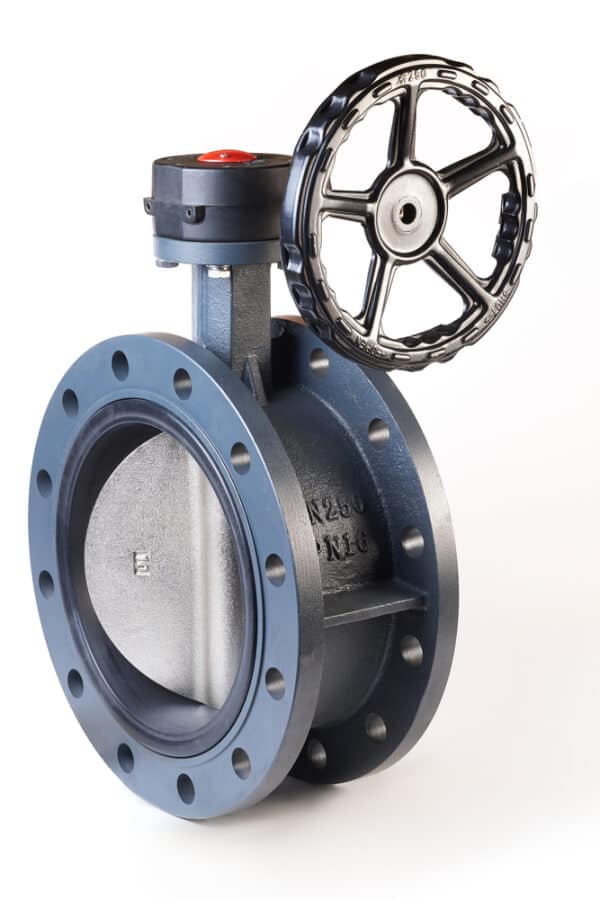 |
What is a Gate Valve?
Gate valves, also known as sluice valves, cut off a medium in a pipeline by lifting a rectangular or round “gate” from the medium’s path. The direction of the gate’s movement is perpendicular to that of the medium’s flow.
Gate valves are cut-off valves which are only used when minimum restrictions and uniform linear flows are desired. They can either be completely open or completely closed which does not allow the adjustment of the medium flow. The medium discharge is normally complete and no residues are left in the pipes.
What is a Butterfly Valve?
Butterfly valves are also known as flap valves. They are composed of a fixed disc on the valve’s stem for closing and opening the valve. This disc rotates around the valve’s stem to regulate the flow of the medium in the pipeline. The direction of the disc’s movement is in place rotation only and requires a 90° rotation to fully open or fully close the valve.
Butterfly valves can either be used for regulating or isolating fluid flows and can control the flow easily. However, they leave residual materials in the pipeline.
Differences Between Gate and Butterfly Valves
After the general definitions of gate and butterfly valves, you may have already noticed the differences between the two. Most especially their design, how they work, and their recommended applications. Let us discuss these further by tackling their differences one by one.
#1 Structural Design
Gate valves use a “gate” or a wedge whilst butterfly valves use a rotating disc to allow or prevent fluid flow. Moreover, gate valves and butterfly valves have different body and disc designs as stated below.
Gate Valve
Body-Bonnet Designs
- Bolted-bonnet gate valve,
- Screwed bonnet gate valve,
- Pressure-seal bonnet, and
- Welded-Bonnet gate valve.
Disc Designs
- Wedge gate valve,
- Double-disc gate valve, and
- Conduit or Parallel slide gate valve.
Butterfly Valve
Body Designs
- Lug type butterfly valve,
- Wafer type butterfly valve,
- Flanged butterfly valve, and
- Butt-welded butterfly valve.
Disc Offset Designs
- Zero offset (concentric) butterfly valve,
- Double offset (double eccentric) butterfly valve, and
- Triple offset (triple eccentric) butterfly valve.
For detailed descriptions of the gate valve types and butterfly valve types discussed above, you can read these two articles.
#2 Working Mechanism
Gate Valve
Gate valves use a movable door or gate to open and close the valve. This gate is lowered or raised using a mechanically assisted operator which is normally a threaded screw. Since gate valves can either be in the fully open or fully closed state, the resistance of the fluid flow when the valve is fully opened is smaller. This is because when the gate valve is fully open, the gate is entirely out of the medium’s path, providing an unobstructed flow.
In general, gate valves act as restrictions to the medium flow and they change the medium’s speed rather than its rate of flow. Moreover, the closing and opening speed of the gate valve is slow due to its high opening height.
Butterfly Valve
Butterfly valves belong to the category of quarter-turn valves and they consist of a rotating disc to regulate the medium flow. The disc is held at the center of the valve’s body by a stem. Unlike gate valves, butterfly valves have a short operation time since the operator is only rotated at 90° to allow or prevent fluid flow in the passageway.
A butterfly valve is usually operated using an actuator which turns the valve’s disc either parallel or perpendicular to the flow. The disc is parallel to the flow when the valve is in the fully open state and is perpendicular to it otherwise. In addition, the butterfly valve’s thickness creates resistance which obstructs the medium flow and causes the pressure to drop even if the valve is fully open.
#3 Applications
Gate Valve Applications
Gate valves have good sealing performances so they are often used for pipelines requiring strict sealing but do not need frequent switching. They can only be used in the fully open or fully closed state and not for regulating or throttling the medium flow rate because accurate control cannot be achieved.
If the valve is kept in the partially or intermediate open state, the valve’s seat and the gate will erode badly in just a short time. The chattering wedge will also tend to cause noises and vibrations in the pipeline.
Moreover, because the speed of the gate valve’s opening and closing operation is slow, they are not ideal for pipelines that require emergency shutoffs. But when pressure along the pipe is considered, gate valves can withstand higher pressures compared to butterfly valves.
Lastly, gate valves are widely used in large piping systems requiring uninterrupted bi-directional liquid and gas flows or in time-based uni-directional media discharges.
Butterfly Valve Applications
Industrial butterfly valves are lighter compared to gate valves and thus are more convenient to operate and install for applications dealing with large pipe diameters. They are ideal for installations with limited space in which wafer butterfly valve types are recommended. In fact, butterfly valves are comparatively more extensively used in large sizes compared to gate valves.
Because butterfly valves open and close quickly and can be frequently operated, they are ideal for applications that require quick opening and closing, especially for emergency shutoffs. And aside from truncation purposes, they are also used to adjust or throttle flow rates. For pipelines containing small impurity particles, it is recommended to use butterfly valves.
Moreover, butterfly valves are termed high-performance valves because of their suitability in applications under moderate to high temperature and pressure conditions.
#4 Price
Under normal conditions in the same specifications, diameter, and material, butterfly valves are more affordable compared to gate valves. Gate valves may have lower prices than butterfly valves in smaller sizes but their price also rapidly increases with the increase in caliber diameter. So in larger sizes, butterfly valves are still cheaper which makes them more extensively used in various industries.
Advantages and Disadvantages
After discussing the differences between gate valves and butterfly valves, below are the compiled advantages and disadvantages of each valve type.
Gate Valve
Advantages
- They can provide an unobstructed flow in the fully open position so pressure loss is minimal.
- They are bi-directional and allow uniform linear flows.
- No residues are left in the pipes.
- Gate valves can withstand higher pressures compared to butterfly valves
- It prevents water hammer because the wedge has a slow operation.
Disadvantages
- Can only be completely open or completely closed with no allowed adjustments for the medium flow.
- The operation speed is slow due to the gate valve’s high opening height.
- The valve’s seat and gate will erode badly when kept in the partially open state.
- More expensive compared to butterfly valves especially in large sizes.
- They occupy a larger space for the installation and operation compared to butterfly valves.
Butterfly Valve
Advantages
- Can be used for throttling fluid flows and can control the flow easily.
- Suitable for applications under moderate to high temperature and pressure conditions.
- Light-weight and compact design requiring less space for installation.
- Fast operation time which is ideal for emergency shut-offs.
- More affordable in large sizes.
Disadvantages
- They leave residual materials in the pipeline.
- The thickness of the valve’s body creates resistance which obstructs the medium flow and causes the pressure to drop even if the valve is fully open.
- The movement of the disc is unguided so it is affected by the flow turbulence.
- Thick liquids can prevent the movement of the disc as it is always along the flow path.
- Possibility of water hammers.
Conclusion
Gate valves and butterfly valves have their own strengths and weaknesses depending on the application requirements where they are going to be installed. In general, gate valves are ideal for applications that need strict sealing only and do not need frequent operation especially when an unobstructed flow is desired. But if you need a valve for throttling purposes that occupy less space for huge systems, large butterfly valves would be ideal.
For the majority of applications, butterfly valves are more extensively used. Huamei offers high-performance butterfly valves in different end-type connection, material body, seat, and disc designs. Feel free to contact us for further questions about our products.

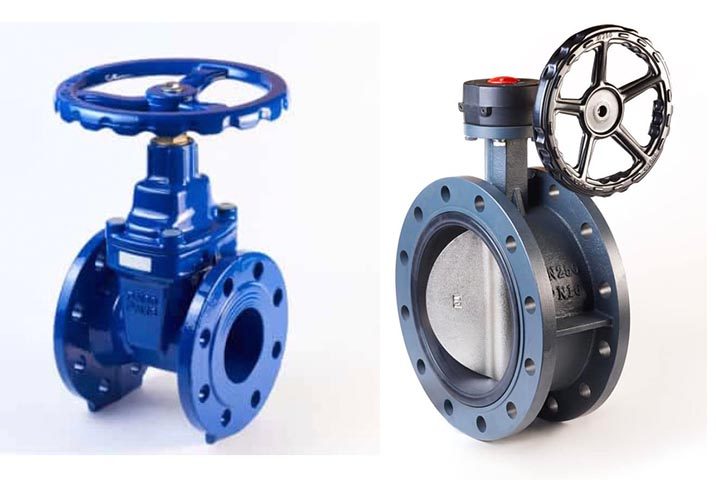
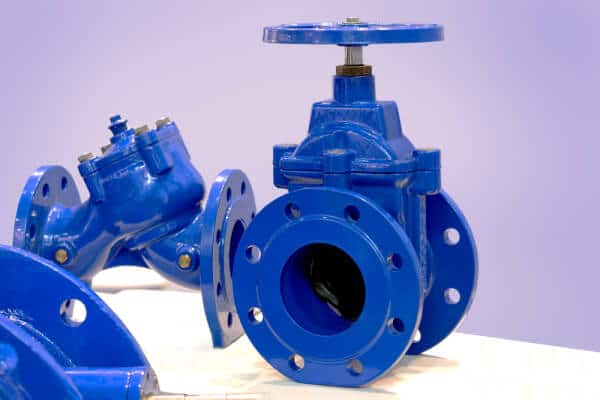
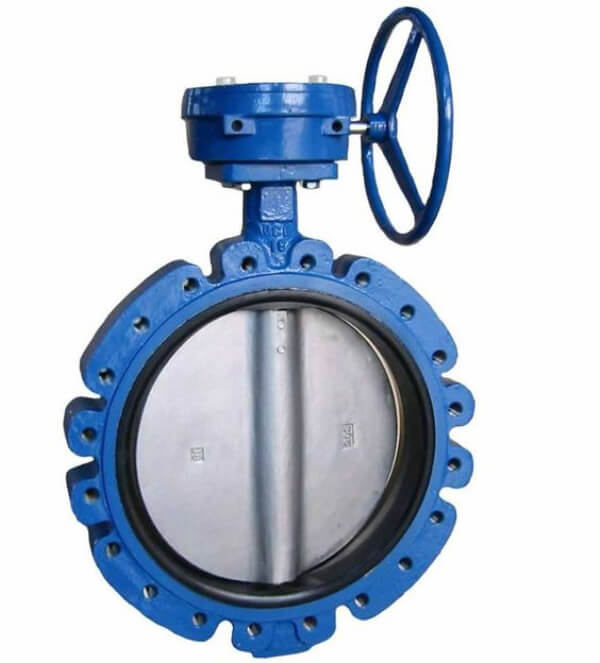
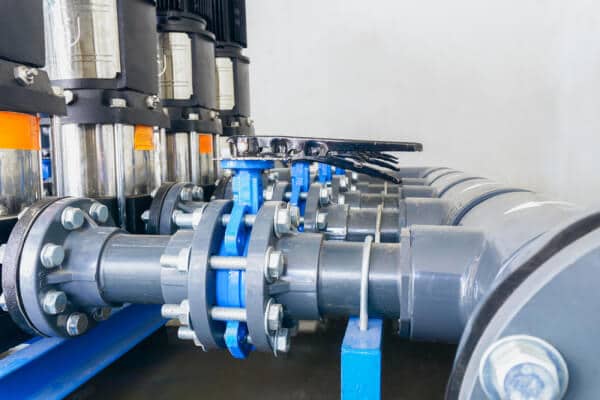

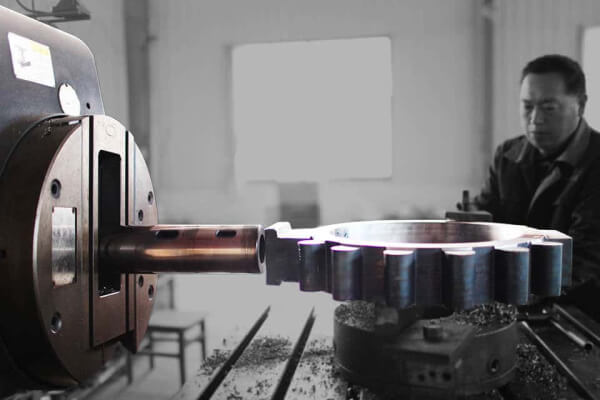
2 Comments
Is it true that upper 80% of gate valve opening will give the same flow and partial throttling can be seen in bottom 20% opening of threads.
It is very useful and seek more advice,if Butterfly valves are having better performance than Gate valves in TSE pipe lines.